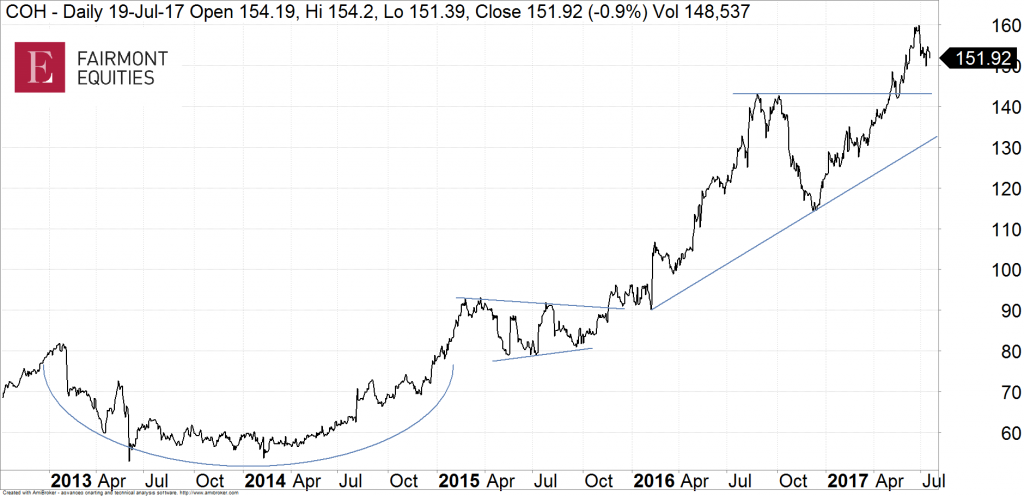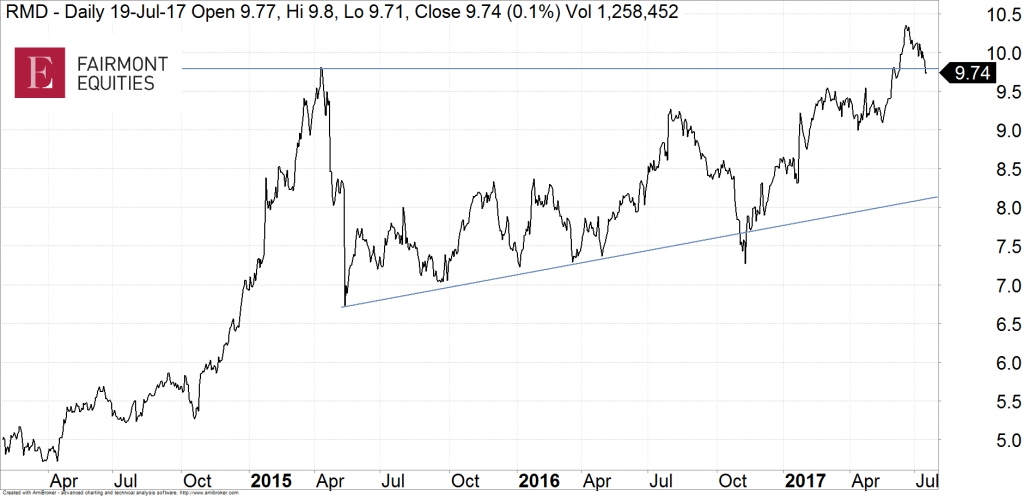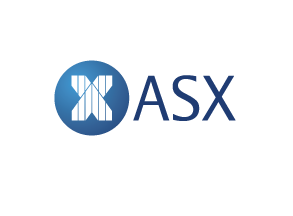Key medical-device stocks a picture of health
This post formed the basis of an article that appeared in the August 2017 edition of the ASX Investor Update on 8 August 2017. Michael Gable is a regular expert contributor to the ASX. You can access the ASX version of the article HERE.
The S&P/ASX 200 Health Care Sector index reached record highs in June this year. It is continuing an incredible run since the GFC lows and the index has now tripled in value. I have previously analysed health care stocks and the sector in general for the ASX Investor Update. Health Care covers a large variety of companies. This month however, I am going to look at a more specific part of this index – the medical device makers. We start with an Australian success story in Cochlear, to sleep apnoea makers ResMed and Fisher & Paykel Healthcare, to a relative newcomer in Sirtex. All stocks have been covered well by the traditional analysts and the big brokers. However, if you are serious about investing in these companies, then adding another layer of analysis in the form of charting, and pinpointing your entry and exit levels will help you achieve better outcomes.
Cochlear (COH)
Cochlear manufactures and distributes hearing implants. Everyone has heard of Cochlear implants and the company now distributes its products all over the world. The company has grown substantially over the years and it is now valued at nearly $9 billion.
Cochlear has been an interesting one to trade in the last few years because it has displayed some text book charting patterns. Across 2013 to 2014, Cochlear eased back in a fairly shallow manner and then started rising again. This rounded low is bullish sign and a good indication that a bottom has been put in place. It can also be referred to as a “cup and handle” formation. Then in 2015 we saw Cochlear track sideways in a triangular formation. This is known as a “continuation pattern” and is a sign that the stock is getting ready to resume its trend.
After breaking out of that towards the end of the year, it did indeed resume the uptrend. Rallying through $100 and onwards to above $150. At the moment it is easing back but if it can sit on top of the 2016 high near $145, then it could launch into another strong rally and go to a new high for the year, otherwise we can see some trendline support coming in near $135.

ResMed (RMD)
ResMed develops and manufactures products that treat and manage respiratory disorders such as sleep apnoea. It is a $13 billion company that is also listed on the New York Stock Exchange. The last few years have been a wild ride for the ResMed share price. Early 2015 saw the shares rally significantly from about $7 to nearly $10. However, they then fell back to $7 due to some poor quarterly financial results and the announcement that a Phase III trial of a sleep apnoea therapy was a failure. The shares eventually recovered and have this year hit an all-time high. When a stock suffers a dramatic fall, like ResMed did in 2015, then that price point preceding the fall can become a level of strong resistance. ResMed has managed to surpass that peak in 2015, but the last few weeks has seen some selling kick in. To be confident that ResMed can keep moving higher, we need to see some buying come back into this $9.80 region. If that cannot occur, then it is likely to drift back towards support near $8.

Fisher & Paykel Healthcare (FPH)
Fisher & Paykel Healthcare is based in New Zealand. Fisher & Paykel started out making whitegoods in the 1930’s and diversified into healthcare products in the 1960’s. Eventually the two different sectors split into the whitegoods and healthcare companies that still share the same name. Fisher & Paykel Healthcare has been listed since 2001 and is solely focused on the design and manufacture of respiratory care products. The shares have had a great run over the last few years but I can see some danger signs up here. Firstly, since peaking in June, Fisher & Paykel Healthcare has been sold down fairly quickly. The volume has also been fairly healthy on the way down. This means that there is some strength in the selling. The other point to note is the volume during the last rally. During the recent rally that started at the beginning of this year, the volume was fairly light. This means a lack of conviction in the buying. All of this tells me that if the selling continues in Fisher & Paykel Healthcare, then it won’t take much for the price to crumble and we could see it back to where it started the year near $8.

Sirtex (SRX)
If you thought ResMed has had a wild ride recently, then it is nothing compared to that of Sirtex. In the last 5 years, we have seen the stock trade at $5, become a market darling, and then almost hit the $40 level. Unfortunately it then tumbled to $15, rallied above $40, and is now languishing near $15 again. Sirtex provides treatments for liver cancer. The market has been excited about Sirtex because their dosage sales represent such a small part of the market. This means there could be a lot of upside potential if they can capture greater parts of the available market for their products. However it is this optimism which has led to a collapse last year in the share price. This is because sales growth had been lower than expected. This is following on from a collapse the previous year where a clinical study into the effectiveness of combining Sirtex’s microspheres with chemotherapy failed to show a significant improvement in survival.
The price action during the last few years makes the Sirtex chart a hard one to read, although at this point it does look a little more positive than negative. Often a stock will make a move in 5 waves, and it looks like Sirtex has done this during 2016. That is, it fell initially for the first wave, then bounced (wave 2), fell again (wave 3), had another bounce (wave 4), before making a low in May this year to complete the 5th wave. This analysis is known as “Elliott Wave”. It suggests that the recent low in Sirtex could hold for many months from here. Where it can bounce to is anyone’s guess for now. However what we can say is that if the stock will go higher here, then it will start hitting some strong resistance between $22 and $26.

Michael Gable is managing director of Fairmont Equities.
Make sure you bookmark our main blog page and come back regularly to check out the other articles and videos. You can also sign up for 8 weeks of our client research for free! Otherwise you can email Michael Gable directly at michael@fairmontequities.com
Disclaimer: The information in this article is general advice only. Read our full disclaimer HERE.

